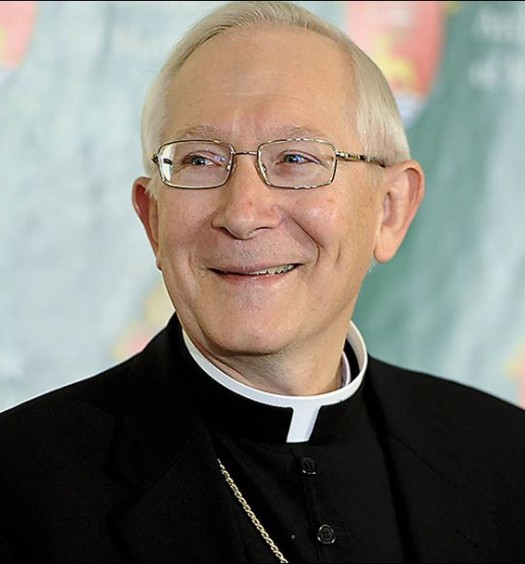When an ill or elderly person enters hospice, most people take it to mean that the end is imminent. They aren’t expecting that person to walk out a month later.
As Dr. Joseph Andrews recounts in Connecticut Hospice’s latest video installment, that is exactly what happened to a patient of theirs with metastatic breast cancer.
This woman’s treatment was perhaps just intended to make her more comfortable. It made her so comfortable that she had over a year of good life before needing to re-enroll. (Dr. Andrews describes the treatment as an “old-fashioned remedy,” but it seems to me that there are implications for promising “new-fashioned” remedies too, and thus for the Right to Try.)
While the case in question might seem dramatic, this is not an altogether uncommon experience. Counterintuitively, research has found that patients receiving palliative care can actually live longer than those who don’t — in one study, an average of three months longer. One explanation that has been suggested is that drug interactions and side effects from unnecessary medications are eliminated.
Less than a year ago, the Washington Post reported that it is “typical” for around 15 percent of hospice patients to be discharged, “often because a patient’s health unexpectedly improves.” They call this a small portion, but I bet it’s a big deal to those patients. According to the Post’s infographic, Connecticut’s rate of hospice discharge is consistent with a typical rate; however, some states have relatively high discharge rates for a mixture of reasons explored in the article. It doesn’t take an expert to zero in on potential areas for reform. In fact, a bold politician could make this part of his or her agenda and maybe achieve significant gains for many people’s lives. This should be kept in mind, considering that the Northeast was supposed to have been a springboard for the national campaign assisted-suicide pushers are now waging. In Connecticut, where there is certainly room for improvement, we may still have it relatively better than other parts of the country. In New York, where an assisted suicide bill is under consideration, hospice utilization is around 30 percent.
The bottom line is that end-of-life predictions are an educated guess at best. Over ten years ago Dr. Jean Kutner, author of a hospice study in the Journal of the American Geriatrics Society, stated succintly, “We’re terrible at predicting patient survival.” A decade later that difficulty remains essentially unchanged — only now, we’re increasingly asked to accept a prognosis as justification for helping people kill themselves. We know better, and can do better than that.
















